 |
| Australian Army soldier training Iraqi soldiers |
The Chief of Joint Operations, Vice Admiral David Johnston, has congratulated the Iraqi Forces on retaking key territory in Ramadi and highlighted the Australian Defence Force’s contribution to the operation.
After months of fighting through the complex urban environment, the Counter Terrorism Service 1st Iraqi Special Operations Force Brigade (1st ISOF) raised the Iraq flag over the Government buildings this week, symbolising the liberation of Ramadi on 28 December 2015.
The success of the CTS is just one aspect of the efforts of Australian Defence Force personnel in Iraq which encompasses the Advise and Assist, Building Partner Capacity, Air Task Group and embedded personnel in coalition headquarters.
Vice Admiral Johnston said the 1st ISOF Brigade supported remotely by Special Operation Task Group in Iraq (SOTG-I) in an advise and assist capacity, including remote-based joint terminal attack control, have successfully fought their way to the government buildings in the heavily defended Daesh-held centre of Ramadi.



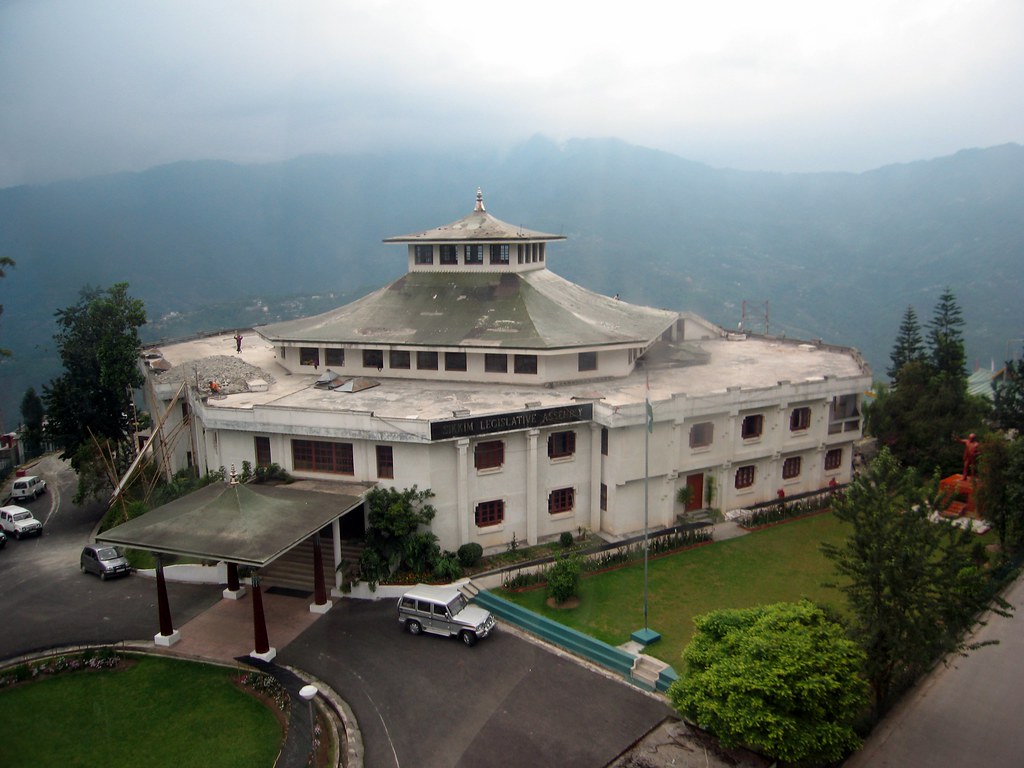
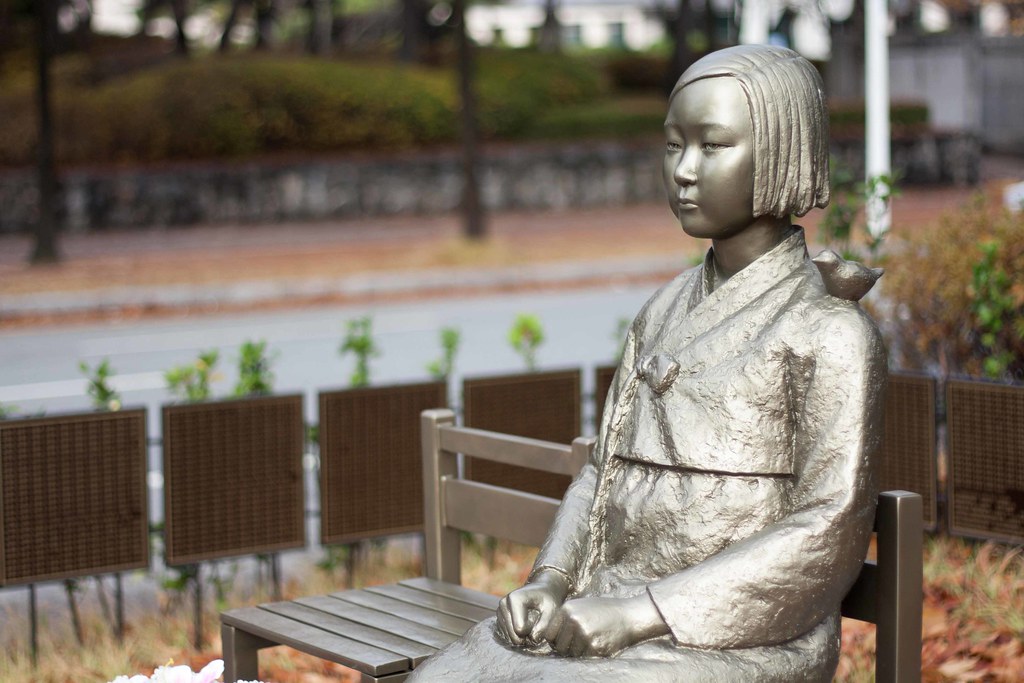


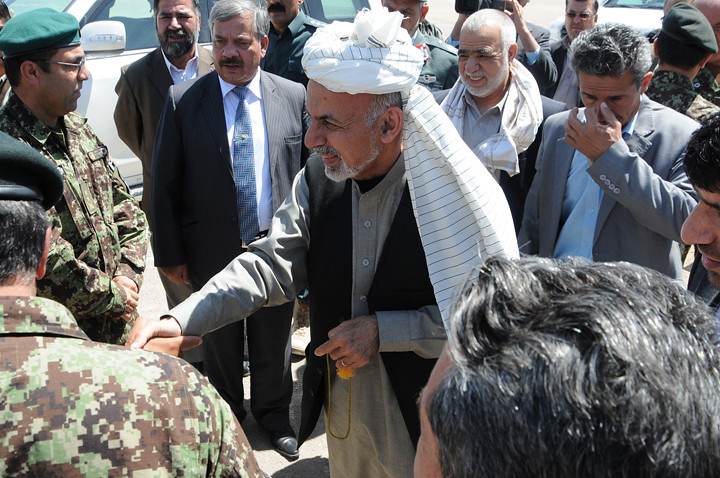




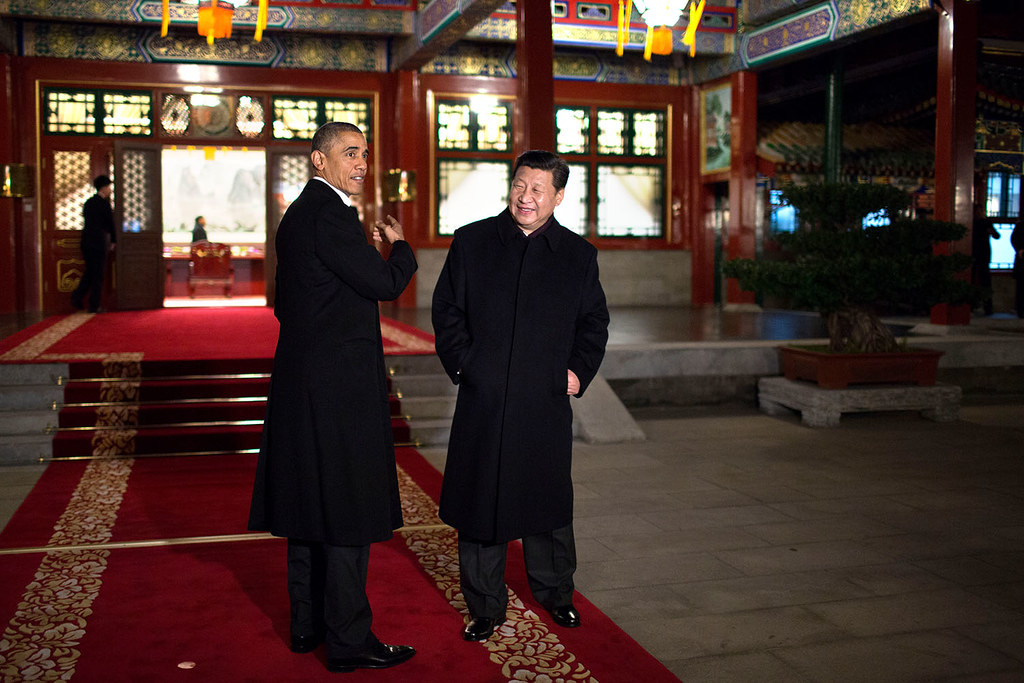

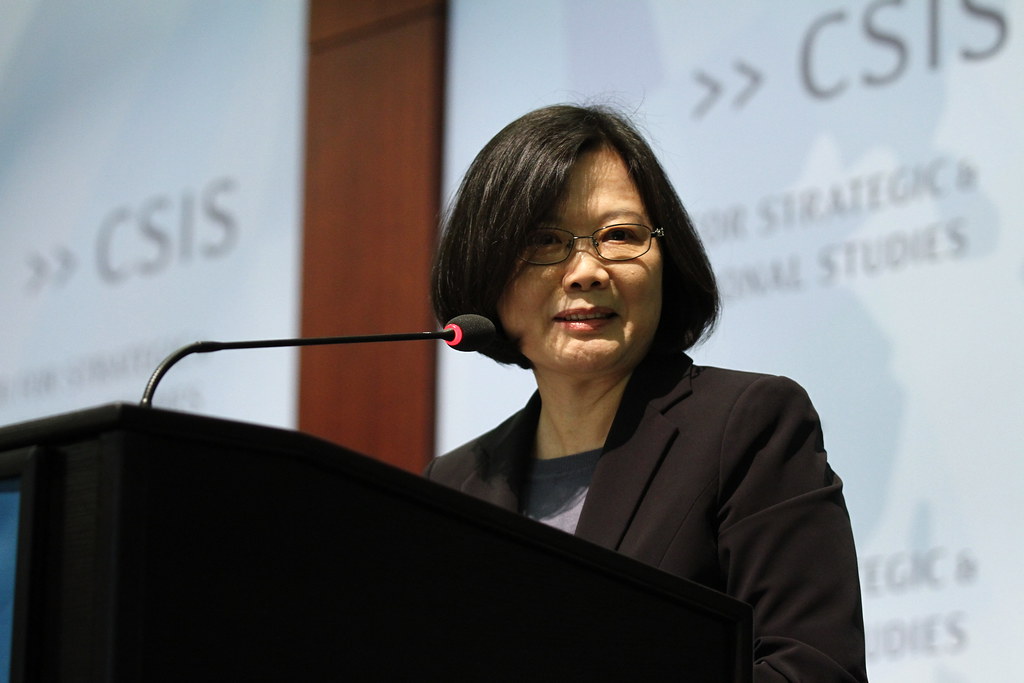
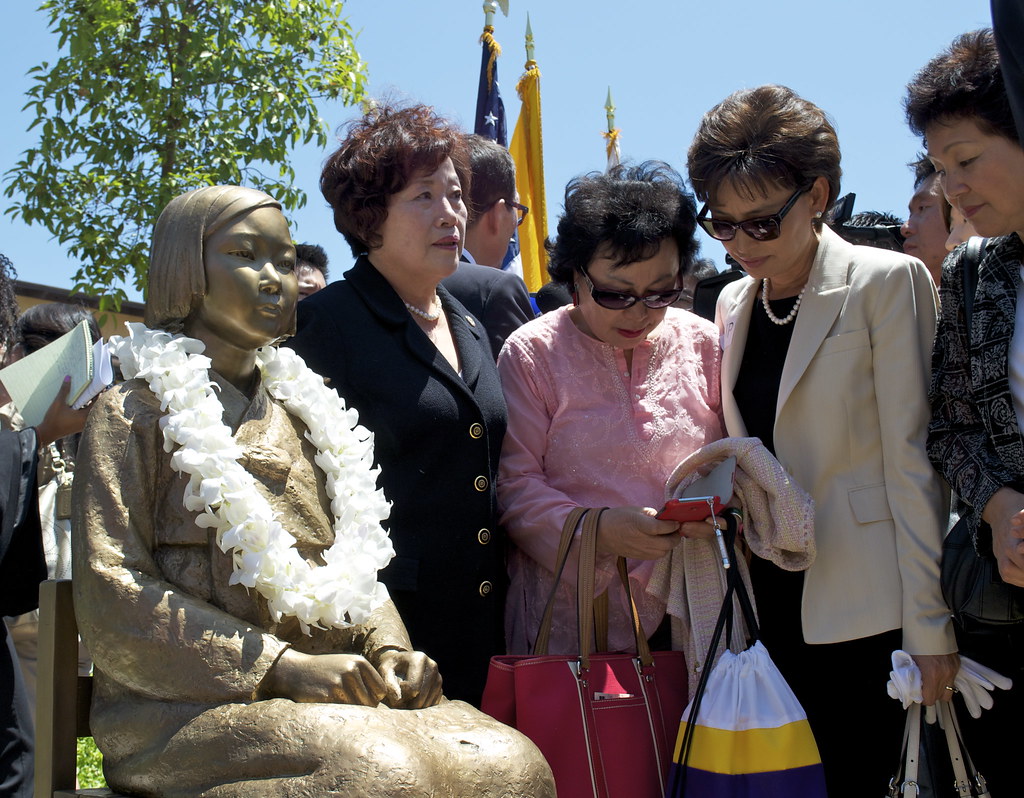

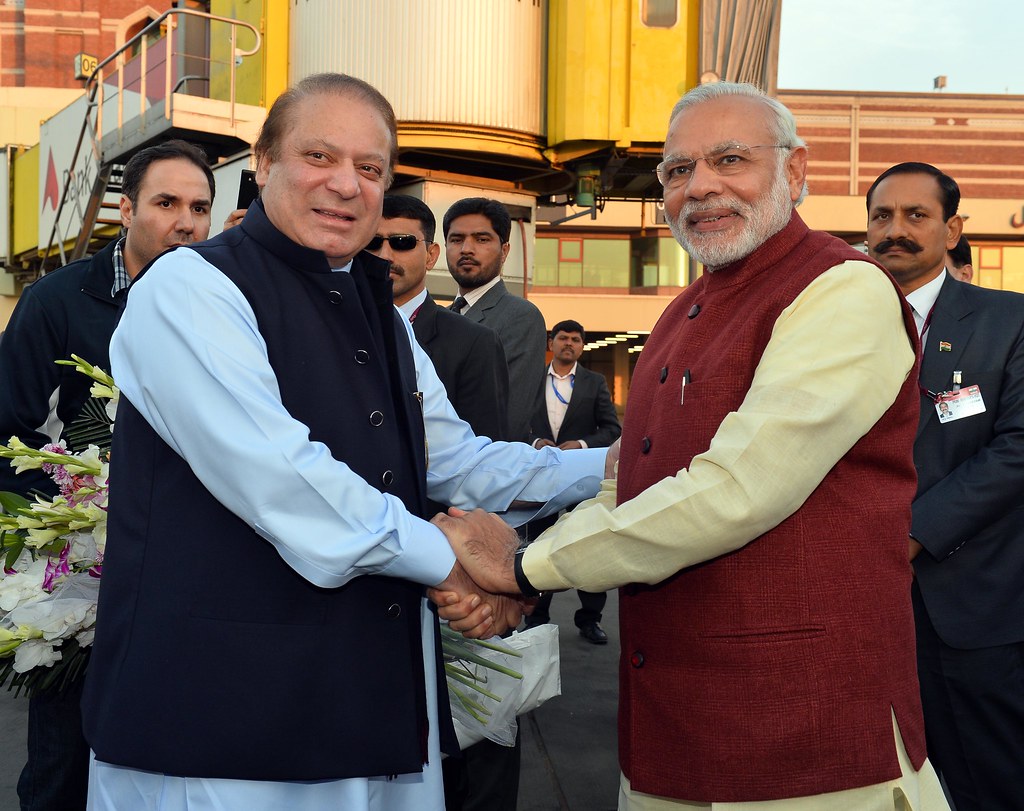





.jpg/800px-Iran_Talks_Vienna_14_July_2015_(19067069963).jpg)


